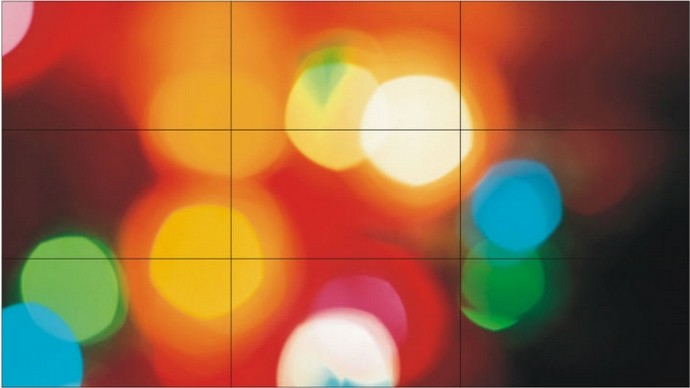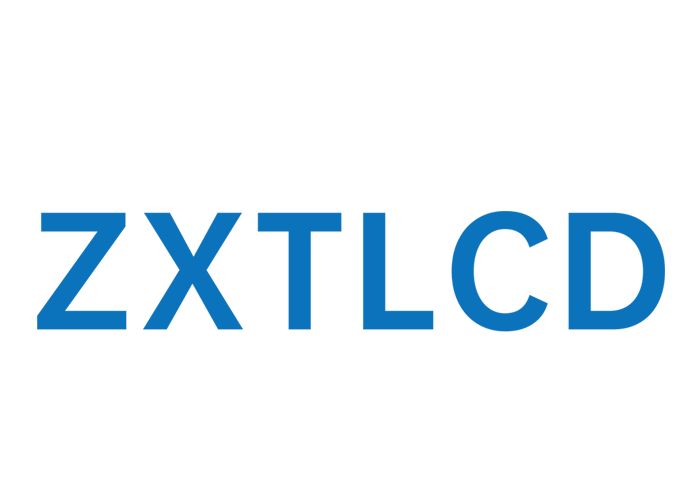Three key points you must know about LCD vs. LED video walls!

Currently, the commonly seen video wall are LED screens and LCD displays, both of which have their own advantages and wide applications. Here are three pieces of knowledge about video wall that may help you make a better choice.
1. What are the advantages of LCD video wall vs. LED video wall?
LCD video walls have advantages such as 24-hour all-weather operation and high-definition display. With the decreasing size of the bezel, the display effect has been greatly improved, making them suitable for use in exhibition halls, conferences, and other occasions.
LCD video walls have an appropriate brightness for long-term viewing, high color contrast, and can better reproduce the colors of the source files.
LED video walls do not meet the requirements for high-definition resolution and may exhibit noticeable pixelation and slightly lower clarity.
LED screens have high brightness, making them suitable for outdoor use under strong sunlight. However, indoors, they can be too bright and adjusting the brightness may affect the display effect.
LED screens are not as stable as LCD screens. Over time, LED beads may detach or fail, which can affect the viewing experience.
Therefore, LED video wall are commonly used for outdoor advertising and exhibition displays. As the pixel pitch becomes smaller, they are gradually being applied in indoor settings such as news conferences, lecture halls, and exhibition halls, where there are no visible seams, resulting in a more seamless and complete display.
2. Is it possible to eliminate the seams of LCD video wall?
The seams of LCD video wall have always been an important factor affecting the overall image continuity and aesthetics. LCD video walls have been continuously breaking through this bottleneck.
Significant breakthroughs have been made, and the minimum ultra-narrow bezel can now achieve 3.5mm, highlighting the advantages of splicing. Many users prioritize choosing ultra-narrow bezel LCD video wall.
This breakthrough technology can meet the demands of more specific industries, resulting in better overall display effects and detailed presentation of the spliced large screens.
3. Will long hours of operation affect the lifespan of LCD video wall?
The optimal operating temperature for LCD video wall is between 0 and 40 degrees Celsius. If the actual environmental temperature is harsh, it is best to install air conditioning and set the temperature between 25 and 26 degrees Celsius to ensure that the LCD splicing wall operates under the best working conditions.
The commonly mentioned 7×24 hours of continuous operation is the peak value for LCD video wall and an ideal state. In actual applications, if users want to extend the lifespan of LCD video wall, they should consider giving them some “time off.”
Every product has a lifespan, and long hours of operation for LCD video wall can easily cause overheating and damage to certain pixels. When users need long hours of operation, they can intermittently stop the display or change the screen display at different time intervals.
Lowering the brightness during standby or running in screen saver mode can prevent aging of the LCD screen and prolong its lifespan.
Depending on the specific usage scenarios, we recommend using waterproof LED video wall with adjustable brightness for outdoor environments, such as displaying full-screen advertisements.
For large indoor venues, ultra-fine pitch LED video wall provide better cost-performance ratio. In scenarios such as conferences, teaching, and monitoring, where clear visual presentation and engagement of viewers’ senses are required, LCD video wall are suitable.
ZXTLCD ultra-narrow bezel LCD video walls are mainly used in home theaters, villa displays, celebration displays, conference displays, wedding displays, hotel displays, theater displays, party displays, stage displays, advertising media, TV station broadcasts, command centers, monitoring centers, subway stations, media companies, weak current illumination projects, community squares, and outdoor advertising.
